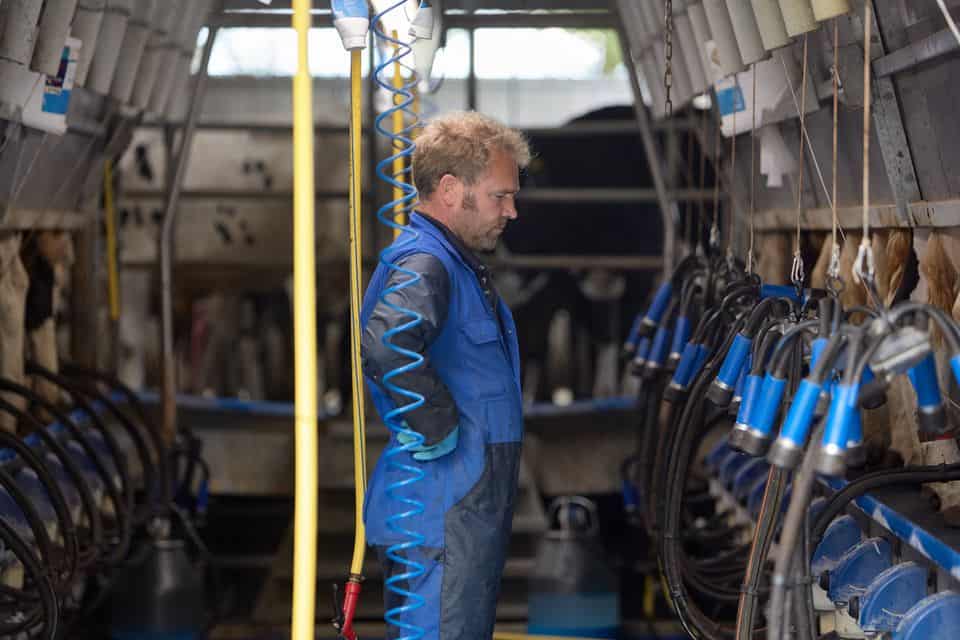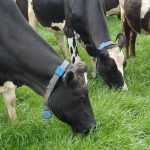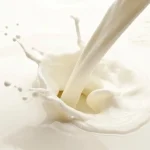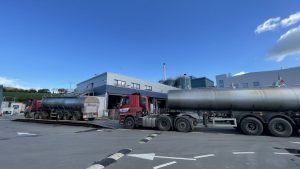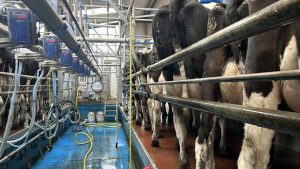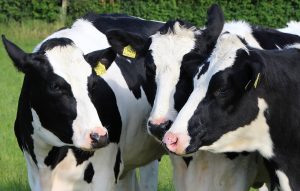
There are signs that milk production in Europe and US is starting to fall on the back of lower prices, but dairy demand remains uncertain, according to StoneX dairy market analyst John Lancaster.
While he said there are no indications prices will fall to 2016 levels, he highlighted that costs of production are now much higher.
It comes as Ornua reported its returns fell again in August, with an indicative return of 35.2c/L, down from the previous month at 35.9c/L.
ICMSA estimated last week that 38pc of dairy farm revenues have been wiped away by production and milk price cuts this year.
However, Lancaster, who is head of EMEA Dairy and Food Consulting at StoneX, told the Farming Independent he thinks the impact of lower prices is starting to be seen in key producing nations.
“Our expectation is that as we go into September and October, Europe as a whole moves from being positive year on year to negative year on year,” he said.
“We’re also seeing an impact from the low milk prices in the US and a reduction in the overall herd size. That will feed trough in the medium and possibly into negative production growth in early next year.”
Despite this, he said the dairy demand is still “a major question”.
“Over the last two to three years, there’s been a big push there for more domestic milk production and right now you’re looking at 65-70pc self-sufficiency,” Lancaster said.
“From this side of the world, we think of China just as a massive consumer of imported dairy products, but they also have a very significant dairy industry of their own.”
Added to this, he said, was poor current economic conditions there that are driving an overhang of commodity products in the Chinese market, particularly whole milk powder.
However, Lancaster said the futures market isn’t indicating that prices get to 2016 levels, but he said at a global level, the cost of production has significantly increased versus 2016.
“In 2016, the European Commission ended up buying over 300,000t of skimmed milk powder and then when they stopped buying, the price dropped below that intervention level.
“So we’re not in that kind of situation. At least right now, there’s nothing kind of communicating that way.”
However, Lancaster said the cost of production is significantly higher now than in 2016.
